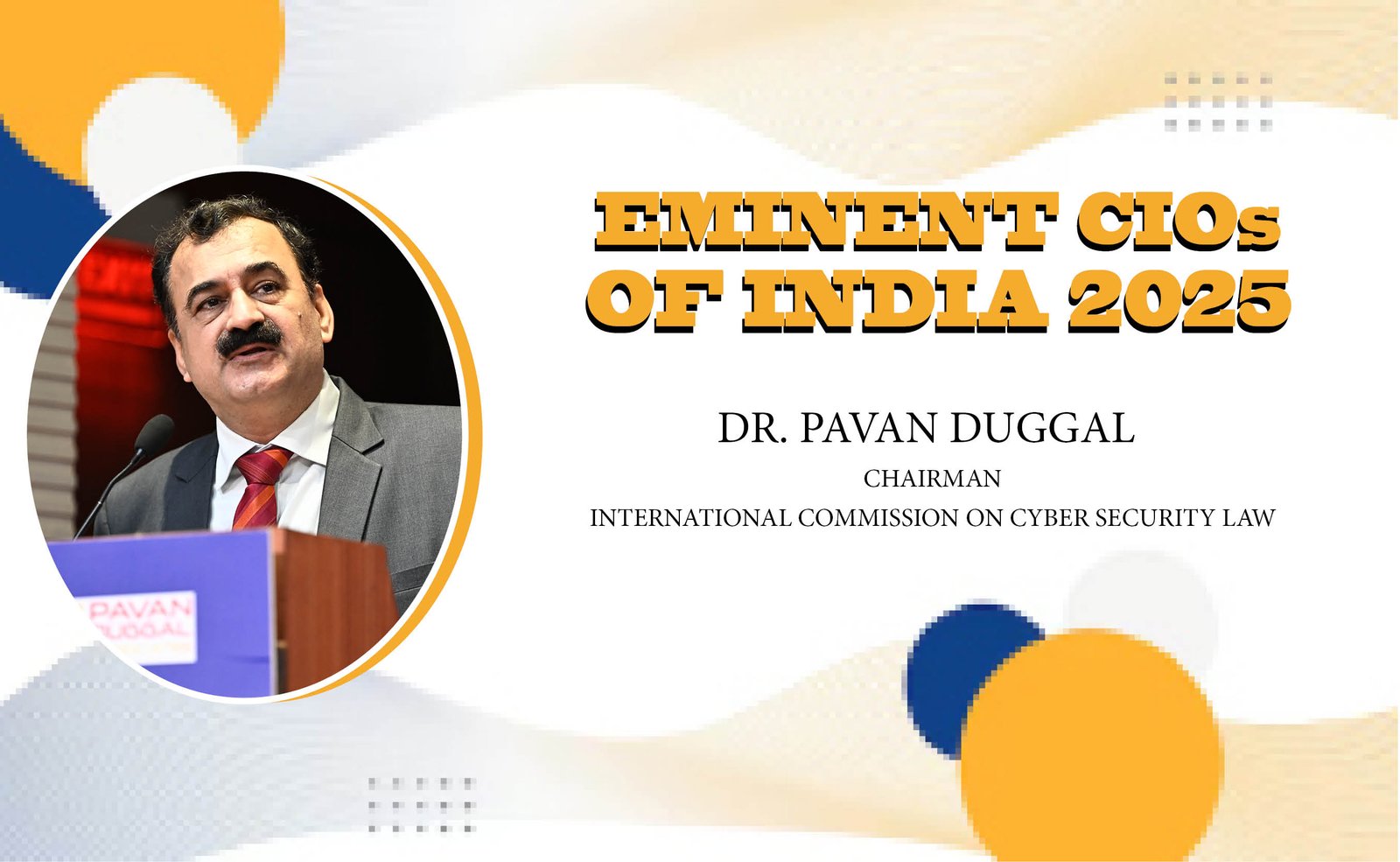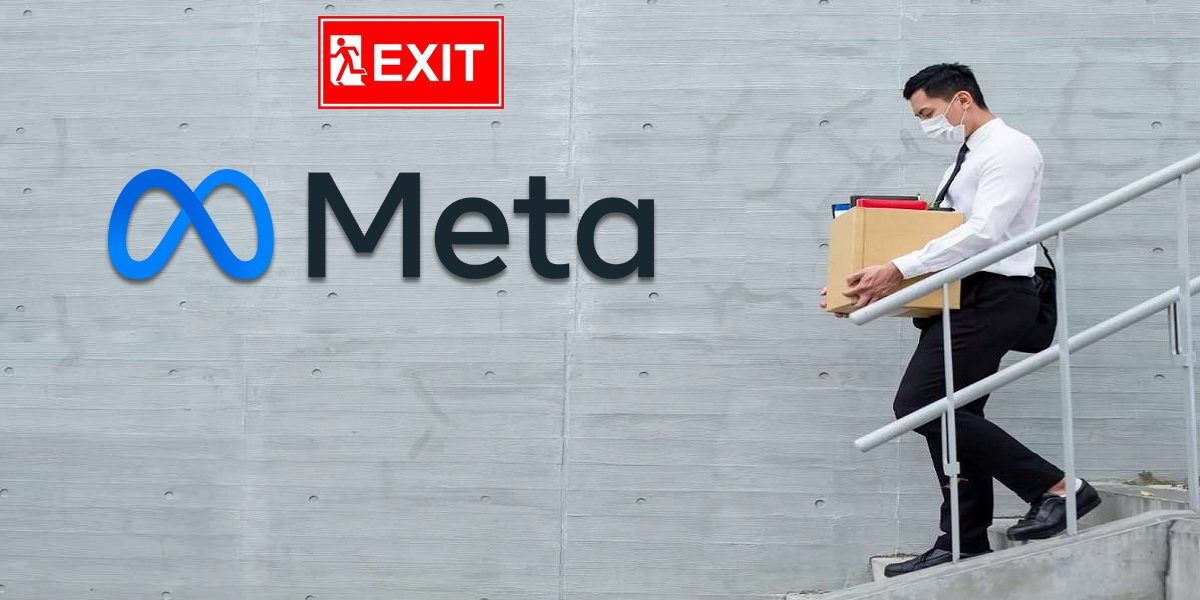Dr. Pavan Duggal, Chairman, International Commission on Cyber Security Law
Indian enterprises are rapidly adopting emerging technologies to stay competitive. Artificial Intelligence (AI) and automation are driving smarter decision-making and process efficiencies. Cloud and edge computing are being integrated to reduce latency and enable faster, real-time data processing. The traditional security perimeter is fading, making way for Zero Trust models that treat every user and device as untrusted by default. At the same time, the rise of IoT and growing interest in sustainable technologies are reshaping how businesses innovate, operate, and grow in an increasingly digital world.
CIOs Emerge as Strategic Leaders
The role of the Chief Information Officer (CIO) has evolved significantly, especially following the implementation of the Digital Personal Data Protection Act (DPDP), 2023. CIOs are no longer just tech managers—they are now strategic leaders who align digital initiatives with business goals. They ensure compliance, support innovation, and help deliver measurable business outcomes. CIOs are working closely with CTOs, CISOs, and DPOs to build a secure, agile, and compliant digital ecosystem.
Fostering a Culture of Security
Organizations are prioritizing a security-first culture by investing in cyber awareness programs for all employees. Regular training sessions, phishing simulations, and clear communication around policies ensure that data protection becomes everyone’s responsibility. Leadership plays a crucial role in reinforcing this mindset, while gamification and continuous learning keep employees updated and engaged.
AI, Automation, and Zero Trust Integration
To stay ahead of rising cyber threats, enterprises are embedding AI into their IT and security strategies. AI helps detect threats in real-time, while automation ensures faster incident responses and fewer human errors. Zero Trust frameworks are being widely adopted, with tools like identity and access management, micro-segmentation, and continuous monitoring becoming standard.
Evolving Roles of CIOs, CISOs, and DPOs
The CIO and CTO focus on technology strategy and execution, while the CISO handles information security and risk management. The DPO ensures compliance with data protection laws and must remain independent to avoid conflicts of interest. As per GDPR—and soon in India—CIOs, CTOs, or CISOs shouldn't serve as DPOs. Separating these roles maintains necessary checks and balances within organizations and upholds accountability in data governance.






